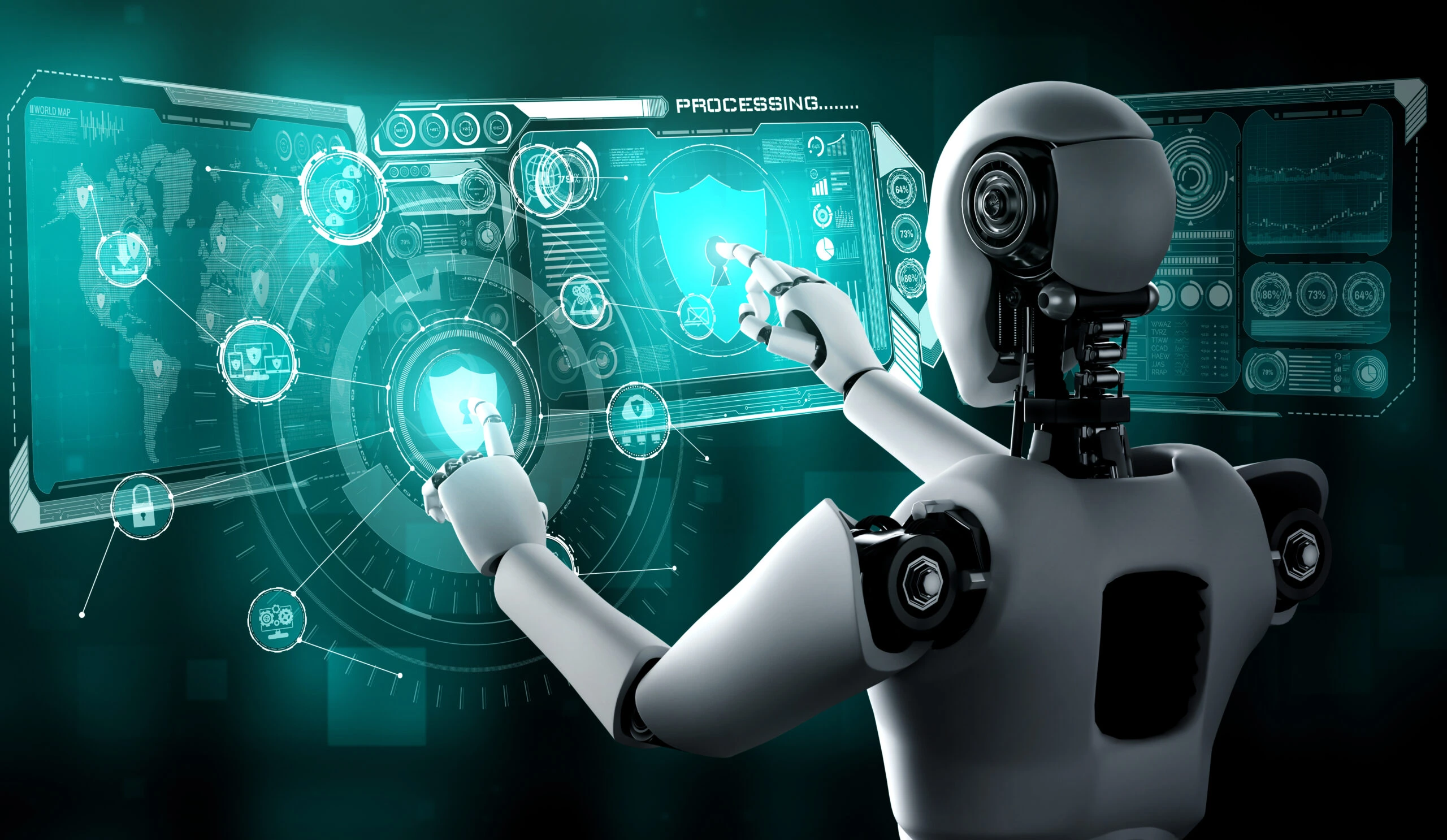In the rapidly evolving landscape of software engineering, Artificial Intelligence (AI) has emerged as a transformative force. Among its most groundbreaking applications is the rise of AI-powered code assistants. Tools like GitHub Copilot, Amazon CodeWhisperer, Tabnine, and Replit Ghostwriter are reshaping the way developers write, review, and deploy code. These intelligent systems leverage machine learning, particularly large language models (LLMs), to provide real-time support in writing code, improving productivity, reducing bugs, and enhancing code quality.
This blog post delves into how AI code assistants are redefining software development, exploring their benefits, limitations, real-world applications, and future prospects.
The Rise of AI in Software Development
AI has infiltrated nearly every industry, and software development is no exception. The need for faster development cycles, improved code quality, and better collaboration has fueled the adoption of AI tools in development workflows. Code assistants powered by AI are now integrated into popular IDEs like VS Code, JetBrains, and even in-browser platforms like Replit.
These tools analyze millions of open-source code repositories to learn patterns, syntaxes, and best practices. The result is an assistant that can generate boilerplate code, suggest functions, auto-complete lines, and even explain what a piece of code does.
Key Features of AI Code Assistants
1. Code Autocompletion
AI tools like GitHub Copilot offer context-aware suggestions that go far beyond traditional IntelliSense or keyword autocompletion. They analyze the current codebase, understand the context, and offer entire functions or blocks of code.
Example: You start typing a Python function to sort a list. Copilot may suggest the full implementation:
def sort_list(nums):
return sorted(nums)2. Natural Language to Code Translation
Developers can describe what they want in plain English, and the AI can generate code accordingly.
Example: You write: “Create a function that converts Celsius to Fahrenheit.” The AI generates:
def celsius_to_fahrenheit(celsius):
return (celsius * 9/5) + 323. Code Explanation and Documentation
AI can generate docstrings, comments, or even explain what a function does, making code more maintainable.
Example: You have:
def fibonacci(n):
if n <= 1:
return n
else:
return fibonacci(n-1) + fibonacci(n-2)AI generates: “”” Returns the nth Fibonacci number using recursion. “””
4. Bug Detection and Fixes
Advanced assistants like Amazon CodeWhisperer and DeepCode can detect potential bugs and offer fixes in real-time.
Example: A null pointer check might be auto-inserted in Java:
if (object != null) {
object.doSomething();
}5. Multi-Language Support
These tools support multiple programming languages such as Python, JavaScript, Java, C++, TypeScript, and more, making them versatile for diverse development teams.
Benefits of Using AI Code Assistants
1. Enhanced Productivity
Developers can focus more on logic and architecture while the AI handles repetitive coding tasks. This accelerates the development cycle and reduces time-to-market.
2. Improved Code Quality
AI suggestions often follow best practices and coding standards, helping maintain high-quality, clean code. New developers can learn good habits through exposure to standardized code.
3. Fewer Bugs and Errors
By catching errors early and suggesting optimal code structures, AI reduces debugging time and improves overall software reliability.
4. Accessibility and Learning
Beginner programmers can get real-time guidance, lowering the entry barrier to software development. These tools act like tutors, explaining complex logic and offering learning-by-doing opportunities.
5. Seamless Collaboration
AI assistants can provide standardized code structures and documentation, making it easier for teams to collaborate, understand, and maintain codebases.
Limitations and Challenges
Despite their advantages, AI code assistants come with limitations:
1. Context Limitations
AI may not fully understand the broader context of your application, especially in large, complex projects. It can suggest code that doesn’t fit the overall architecture.
2. Security Risks
Some generated code snippets may include insecure coding practices. Developers must review suggestions critically to avoid vulnerabilities.
3. Over-Reliance
Overdependence on AI can hinder deep understanding. Developers may blindly accept suggestions without knowing the underlying logic, leading to knowledge gaps.
4. Licensing and IP Issues
There have been legal concerns regarding code generated from copyrighted open-source repositories. It’s essential to vet AI-generated code for compliance.
Real-World Applications
- GitHub Copilot at Shopify: Developers at Shopify use Copilot to accelerate backend and frontend development, claiming it significantly reduces boilerplate code time.
- Replit Ghostwriter in Education: Many coding bootcamps integrate Replit with Ghostwriter to help beginners get instant feedback and code generation.
- Amazon CodeWhisperer in Enterprise: Used for secure code generation and auto-remediation in cloud-native enterprise apps.
Future of AI in Coding
The future looks promising with AI becoming more personalized and context-aware. We can expect:
- Full-stack development support: End-to-end assistance including database schema, APIs, UI components.
- Automated Testing: Generation of unit, integration, and performance test cases.
- Real-Time Code Review: AI as an always-on reviewer suggesting changes as you type.
- Voice-to-Code Interfaces: Imagine speaking to your IDE to write code hands-free.
Final Thoughts
AI code assistants are not just a trend—they are becoming a fundamental part of modern software development. While they can’t replace the creativity, critical thinking, and problem-solving abilities of human developers, they certainly enhance our capabilities.
As we move forward, embracing these tools responsibly and understanding their strengths and limitations will be key. When used thoughtfully, AI code assistants can lead to faster development, cleaner code, and a more inclusive software development environment.
The age of AI-augmented programming is here—and it’s only getting smarter.
More For You
1.Best AI Vocal Removers of 2025: A Musician’s Guide to Seamless Audio Isolation
2.Microsoft Unveils AI-Powered Diagnostic Tool That Outperforms Doctors

